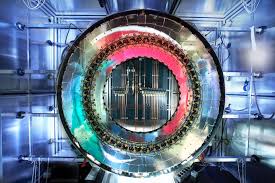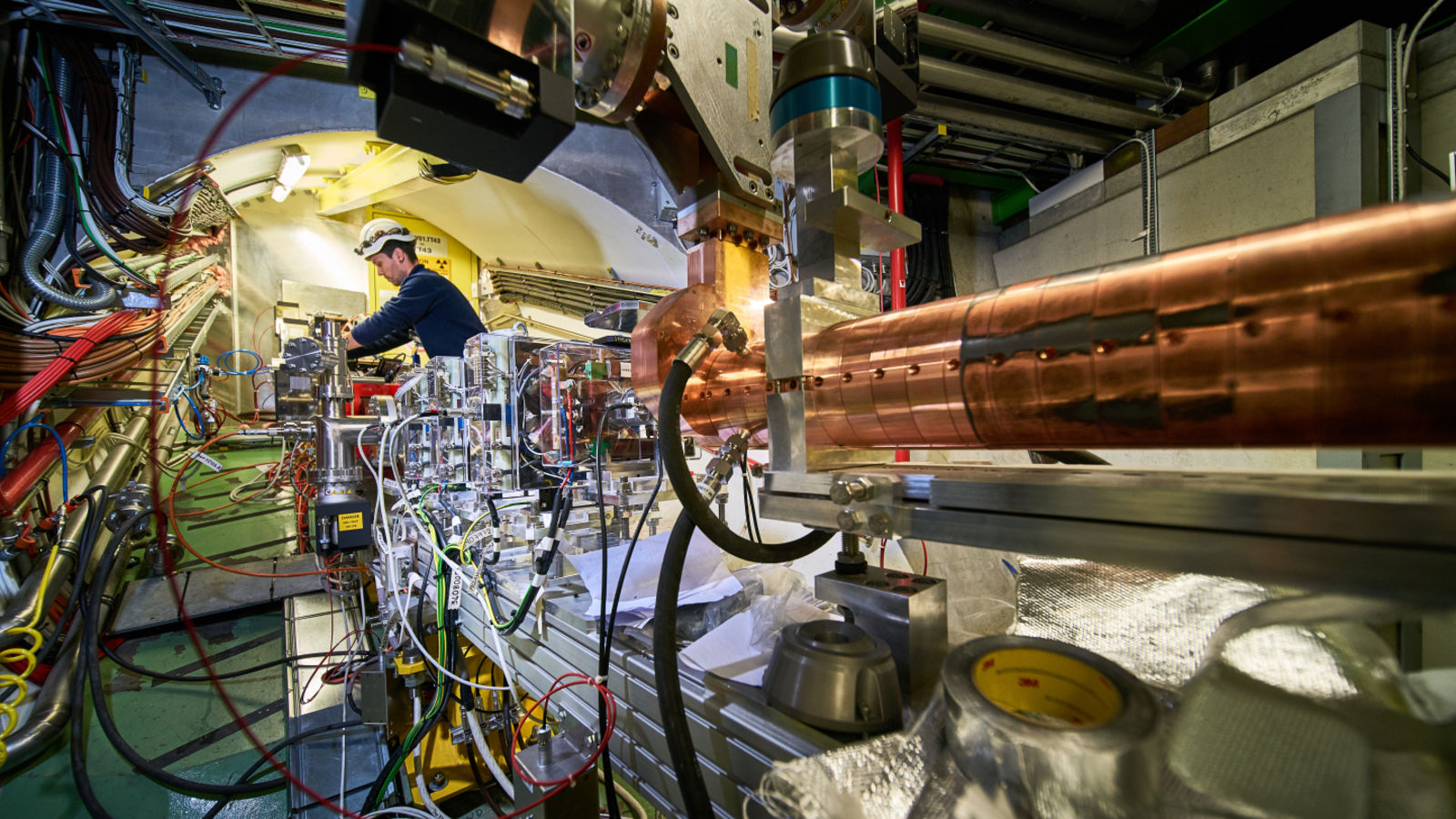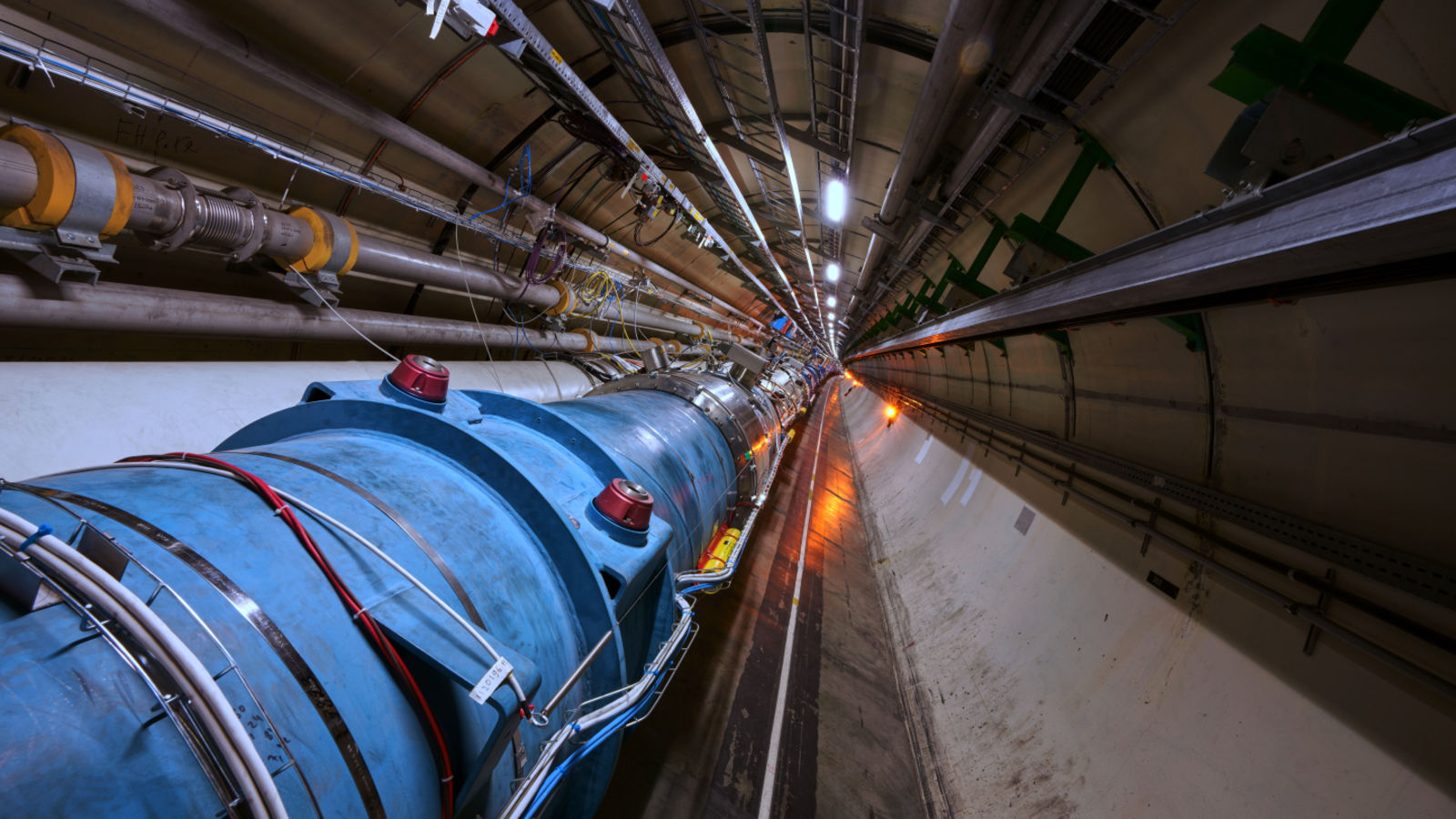
For the first time, scientists have measured the lifespan of a neutron in the void of space. This could help us to better understand how quickly elements formed out of the particle soup that filled the Universe just after the Big Bang.

The "Future Circular Collider" is conceived as a successor to the LHC, and – if given the green light – it would allow physicists to seek answers to some of greatest mysteries in physics.

The Large Hadron Collider (LHC) is getting a big boost to its performance. Unfortunately, for fans of ground-breaking physics, the whole thing has to be shut down for two years while the work is done.

This surprising conclusion emerges from new work published by theoreticians from Warsaw and Potsdam. The scheme they posit unifies all the forces of nature in a way that is consistent with existing observations.

Scientists this week released a conceptual design report for a next-generation particle accelerator in China, which would serve as a “Higgs boson factory,” as its proponents have called it.

The new and unknown particle is just over a fifth of the mass of the Higgs boson. There's nothing in any of the current models that predicts this mass. However, It's unlikely to be physics-breaking.

A new computer model is revealing the unseen and often bizarre behaviors of particles streaming around rapidly spinning neutron stars, also known as pulsars.

The mysterious dark photon will be hunted by the Positron Annihilation into Dark Matter Experiment (PADME) in Italy, which will start collecting data in the next couple of weeks.

The Advanced Proton Driven Plasma Wakefield Acceleration Experiment (AWAKE) at CERN is a new kind of machine that could accelerate electrons over a fraction of the distance needed by other accelerators.

For the first time, physicists at CERN have observed a benchmark atomic energy transition in anithydrogen, a major step toward cooling and manipulating the basic form of antimatter.

In this case a beam of lead “atoms” traveled through the accelerator with at least one electron attached. The physicists hope to one day use these accelerated atoms in a next-generation experiment.

Large Hadron Collider general-purpose detectors ATLAS and CMS have made complimenting discoveries on the Higgs boson and top quark coupling process.

There are three types of neutrinos in the Standard Model, the blueprint of particle physics. Experimental results add evidence for the existence of a fourth, more mysterious type - the sterile neutrino.

Scientists have now simulated an atomic nucleus using a quantum computer. The results demonstrate the ability of quantum systems to compute nuclear physics problems.

Experiment called OPERA at CERN has released its final round of results, which add further evidence of neutrinos’ strange identity-swapping behavior.